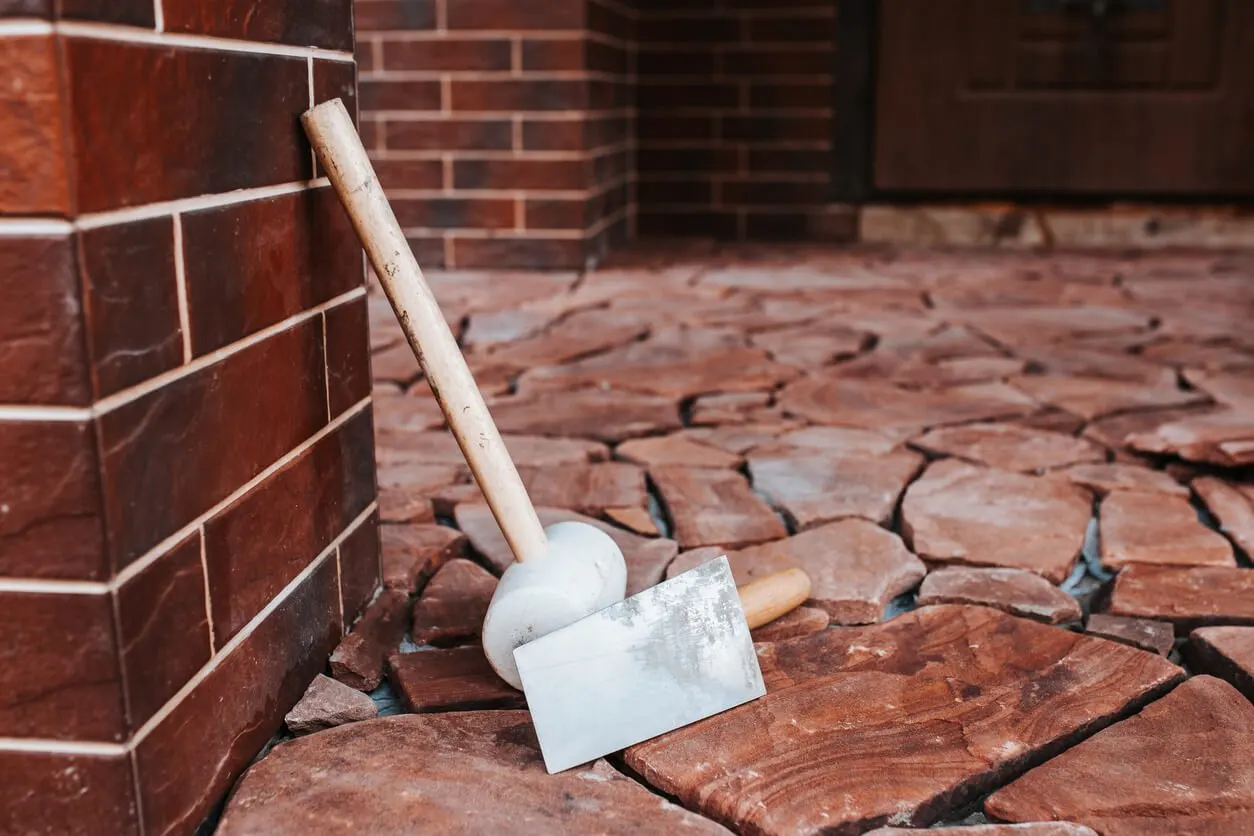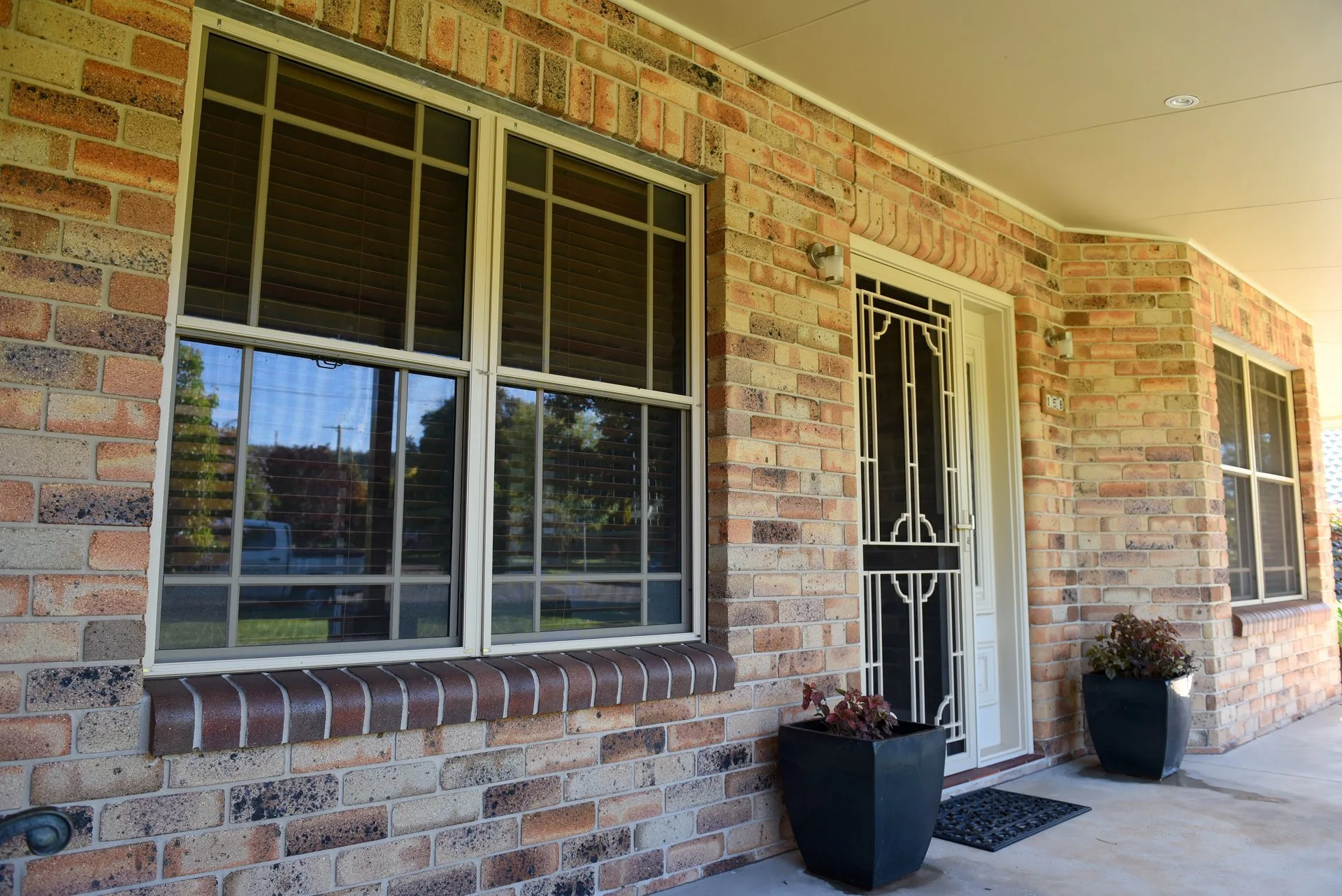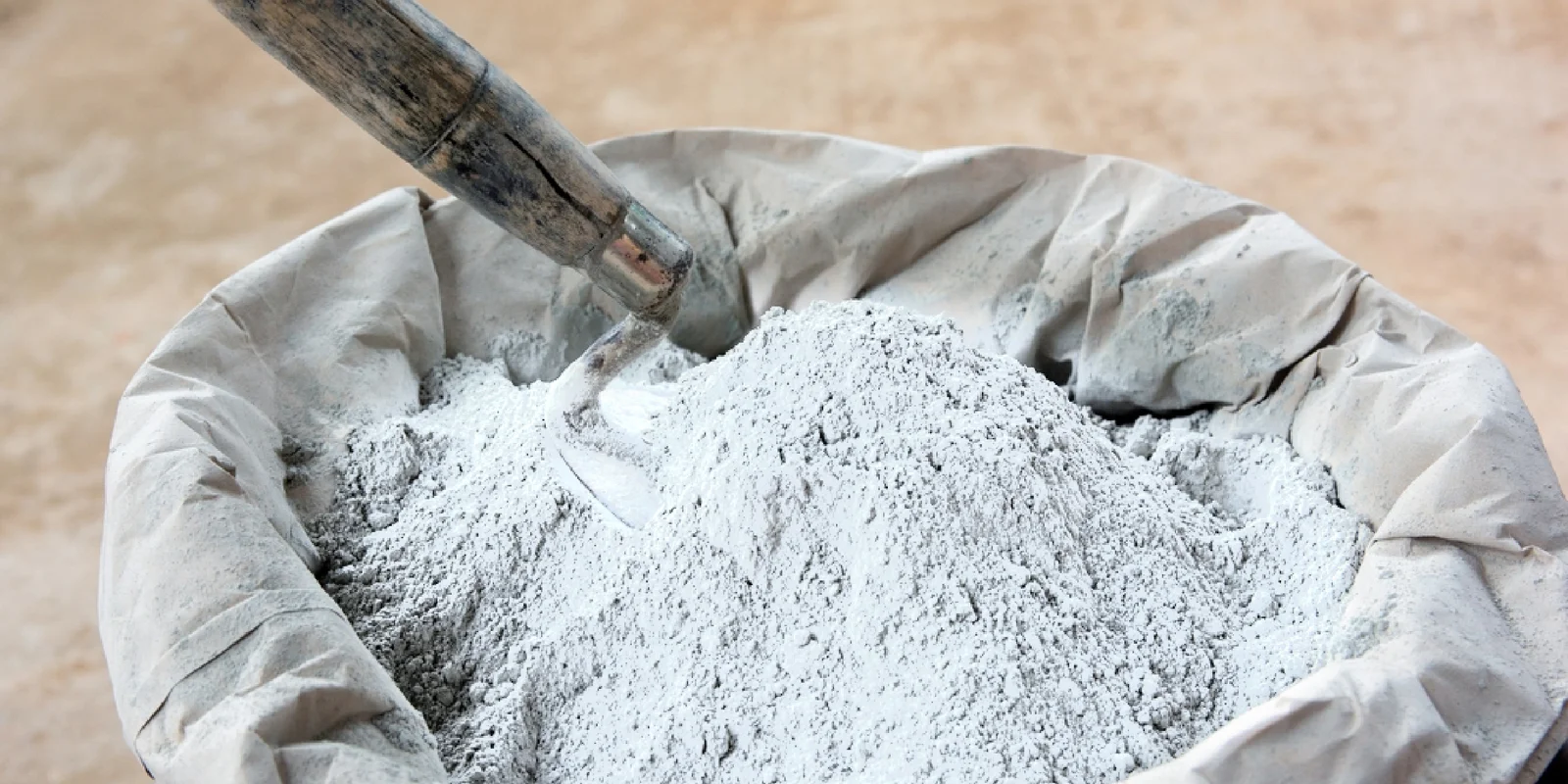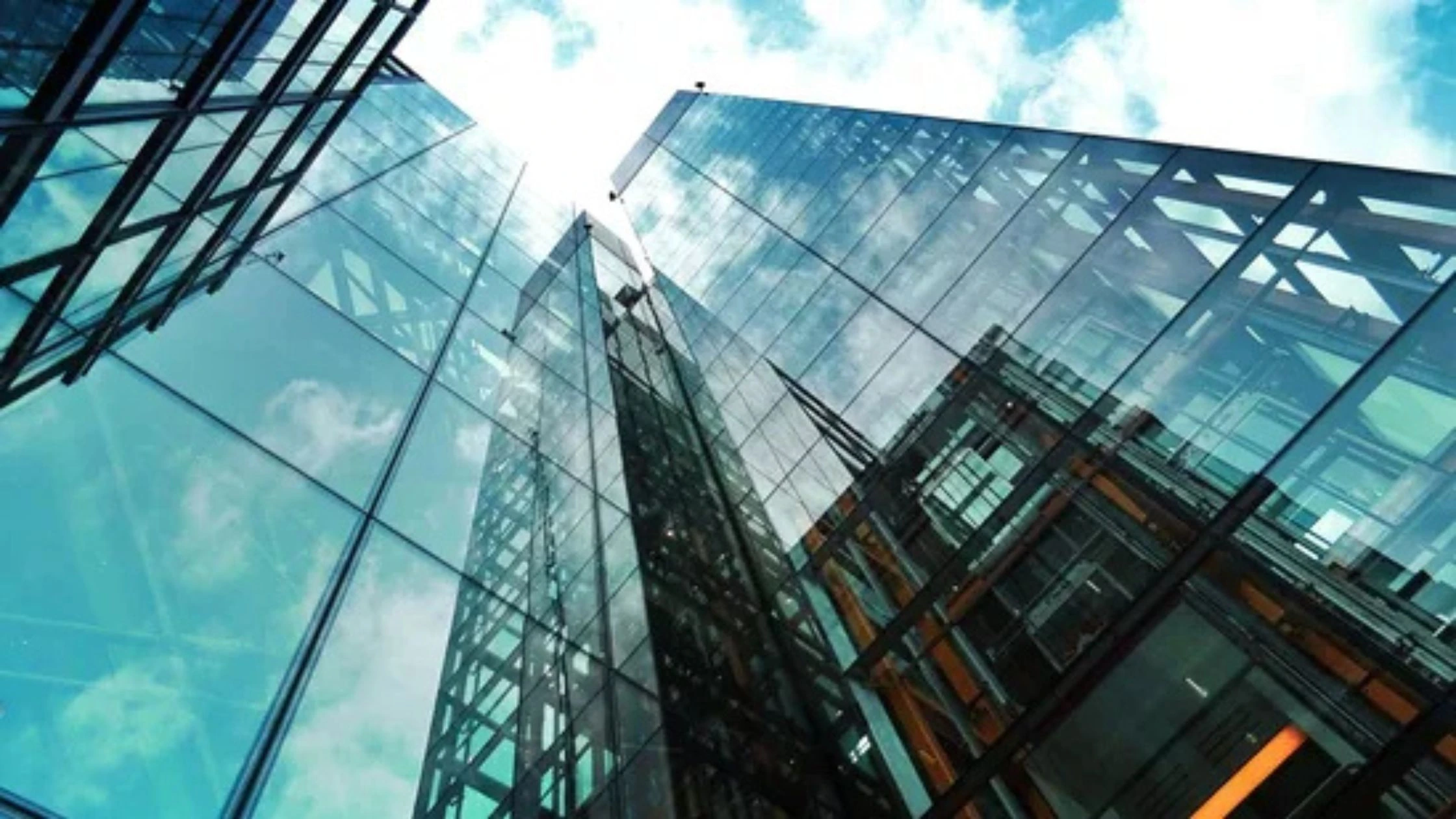Table of Content
In modern construction, the choice of building materials determines not just a structure’s strength but also its energy efficiency and long-term sustainability. Across India, architects, builders, and homeowners are now moving beyond conventional methods to find materials that balance durability, cost-effectiveness, and environmental responsibility.
The debate around Hollow Bricks vs Solid Bricks has become a central part of this shift. While solid bricks have long been trusted for their sturdiness and load-bearing capacity, hollow bricks, also known as cavity or cellular blocks, are gaining popularity for their lightweight design, insulation benefits, and eco-friendly properties.
This detailed guide compares both options in terms of performance, insulation, cost, and sustainability, helping you decide which brick type is best suited for your next residential or commercial construction project.
What Are Solid Bricks?

Solid bricks are traditional rectangular clay units fired in kilns to form dense, load-bearing materials that have long been the foundation of Indian construction. Commonly used in residential homes, compound walls, and low-rise buildings, these bricks are valued for their strength, durability, and proven structural integrity.
In the Hollow Bricks vs Solid Bricks comparison, solid bricks hold their ground when it comes to compressive strength and long-term reliability. However, they come with trade-offs, being heavier, less thermally efficient, and requiring more mortar and plaster. This increases the dead load on structures and extends installation time. Moreover, their energy-intensive production process makes them less compatible with the sustainability goals that are shaping modern construction in India, further intensifying the Hollow Bricks vs Solid Bricks debate for eco-conscious builders.
Key Characteristics:
- Made from natural clay and fired at high temperatures
- High compressive strength suitable for load-bearing structures
- Heavier and denser than hollow blocks
- Require more plaster and labor during construction
- Offer limited insulation against heat and sound
Also Read: How to Combat Bed Bugs Effectively in Apartment Buildings
What Are Hollow Blocks?
.webp)
Hollow bricks are modern, machine-made construction materials engineered for speed, efficiency, and sustainability. Crafted from cement, clay, or lightweight aggregates, they are precisely manufactured to maintain uniform dimensions, a smooth finish, and consistent strength.
In the Hollow Bricks vs Solid Bricks debate, hollow bricks stand out for their innovative cavity design, reducing overall material usage and structural weight while providing superior thermal and sound insulation. Builders and architects increasingly prefer them for high-rise buildings, schools, hospitals, and eco-certified projects, as they minimize construction time, lower energy consumption, and enhance indoor comfort.
Key Characteristics:
- Lightweight yet structurally stable
- Provide excellent thermal and acoustic insulation
- Enable faster construction and reduce mortar consumption
- Eco-friendly and compatible with green building certifications
- Ideal for non-load-bearing and partition walls
Hollow Bricks
- Weight: Roughly one-third the weight of a solid brick of the same size.
- Insulation: Outstanding thermal and sound insulation due to trapped air in cavities.
- Speed: Quicker to install, lighter, and larger in size, ensuring faster construction.
- Cost: Reduced production and transportation costs due to less raw material.
- Applications: Perfect for partition walls and non-load-bearing uses.
- Limitations: Not ideal for foundations or high groundwater areas because of lower compressive strength.
Solid Bricks
- Strength: Stronger and denser, providing superior compressive strength.
- Weight: Heavier, leading to a higher structural dead load.
- Insulation: Offers minimal heat and sound insulation.
- Speed: Smaller size and heavier weight make installation slower.
- Applications: Best for foundations and load-bearing walls.
- Durability: Highly resistant to water, weather, and long-term wear.
Key Differences at a Glance
.webp)
|
Feature |
Hollow Bricks |
Solid Bricks |
|
Weight |
Light |
Heavy |
|
Insulation |
Excellent (thermal & acoustic) |
Limited |
|
Strength |
Lower |
Higher |
|
Construction Speed |
Faster |
Slower |
|
Applications |
Partition & non-load-bearing |
Foundations & structural walls |
|
Cost |
Lower (material & transport) |
Higher |
Hollow Block Advantages in Construction
Modern-day builders are shifting toward hollow blocks due to their versatility and efficiency.
- Lightweight and Easy Handling:
Hollow blocks significantly reduce the dead load on buildings, making them ideal for high-rise construction and seismic zones. - Durable and Long-Lasting:
Produced under high pressure and vibration, they ensure strong bonding and longer life with minimal maintenance. - Low Maintenance:
Their uniform structure requires less plastering and alignment correction, saving time and cost. - Superior Insulation:
The air cavities act as natural insulators, providing better temperature control and soundproofing inside buildings.
Solid Block Advantages in Construction
Despite technological advancements, solid blocks still hold an important place in construction due to their strength and endurance.
- Exceptional Strength and Durability:
Their dense structure offers excellent load-bearing capacity and long-term stability. - High Load-Bearing Capability:
Ideal for foundations and structural walls where heavy loads are expected. - Superior Fire and Weather Resistance:
Solid bricks perform well under extreme temperatures and adverse climatic conditions. - Noise and Temperature Control:
While not as efficient as hollow blocks, their dense mass provides moderate insulation and sound dampening.
Also Read: Top 9 Roof Cooling Paint Brands to Beat the Heat
Performance-Based Breakdown
1. Speed of Construction
- Solid Bricks: Smaller size and irregular shapes slow down wall-laying. More joints mean higher labor and plaster costs.
- Hollow Blocks: Uniform, larger blocks enable faster installation with fewer joints, cutting down both time and cost.
2. Structural Load
- Solid Bricks: Increase building weight and require stronger foundations.
- Hollow Blocks: Reduce structural load, making them ideal for multi-story and earthquake-prone areas.
3. Thermal & Sound Insulation
- Solid Bricks: Conduct more heat and noise, reducing comfort levels.
- Hollow Blocks: Offer natural insulation, maintaining cooler interiors and quieter environments.
4. Wall Thickness & Space Saving
- Solid Bricks: Thicker walls (9 inches) reduce interior space.
- Hollow Blocks: Provide similar strength in 6-inch walls, saving valuable room space.
5. Mortar Consumption
- Solid Bricks: Require more joints and mortar, increasing expenses.
- Hollow Blocks: Use up to 50% less mortar due to interlocking edges.
6. Plaster Efficiency
- Solid Bricks: Need thicker plaster layers due to uneven surfaces.
- Hollow Blocks: Uniform surfaces require minimal plastering and reduce wall cracks.
7. Energy Efficiency & Sustainability
- Solid Bricks: Fired using coal or wood, contributing to high carbon emissions.
- Hollow Blocks: Made from eco-friendly materials and support green building goals.
Also Read: 9 Sustainable House Materials for an Eco-Friendly Home
Product Comparison
|
Parameter |
Solid Bricks |
Hollow Bricks |
|
Brick Size |
228x75x110 mm |
305x150x203 mm |
|
Weight |
8.5 kg |
3 kg |
|
Composition |
Clay, sand, lime |
Clay, cement, fly ash |
|
Strength & Durability |
High |
Moderate |
|
Thermal Properties |
Poor insulation |
Excellent insulation |
|
Cost |
Higher |
Lower |
|
Installation |
Labor-intensive |
Easy & fast |
|
Moisture Resistance |
Moderate |
Good |
How to Produce Hollow Blocks
- Mixing Raw Materials:
Combine sand, cement, aggregates (gravel, pumice, perlite) with water. - Molding & Compacting:
Feed the mixture into machines using vibration and hydraulic pressure for compactness. - Curing:
Cure under controlled temperature and humidity for up to 21 days to develop strength. - Finishing & Quality Control:
Inspect each block for uniformity, dimension, and strength before shipment.
How to Produce Solid Blocks
- Mixing: Combine cement, sand, and gravel uniformly with water.
- Molding: Transfer the mix to molds and compact using vibrating or hydraulic presses.
- Curing: Allow 21 days of curing for hydration and strength gain.
- Quality Testing: Check for compressive strength and size accuracy before construction use.
Conclusion
Ultimately, the decision between Hollow Bricks vs Solid Bricks comes down to your project’s purpose and priorities.
If you’re constructing load-bearing walls, foundations, or traditional residential homes, solid bricks deliver proven strength, durability, and structural stability.
However, if your vision centers on energy efficiency, faster construction, and sustainability, hollow bricks emerge as the smarter alternative, offering lightweight handling, superior insulation, and eco-friendly performance.
In India’s evolving construction landscape, the Hollow Bricks vs Solid Bricks choice is more than just a material decision, it’s about embracing innovation that builds stronger, greener, and more efficient spaces for the future.










Ans 1. Hollow bricks have voids, making them lighter and providing insulation, while solid bricks are dense and offer greater structural strength.
Ans 2. Generally, yes. Solid bricks typically have higher compressive strength, but hollow bricks can still be suitable for non-load-bearing walls and partition walls.
Ans 3. Hollow bricks are better insulators due to the air trapped within the voids, which reduces heat transfer.
Ans 4. Use solid bricks for load-bearing walls, foundations, and areas requiring high structural integrity.
Ans 5. Yes, hollow bricks are usually cheaper because they require less material and are lighter to transport.